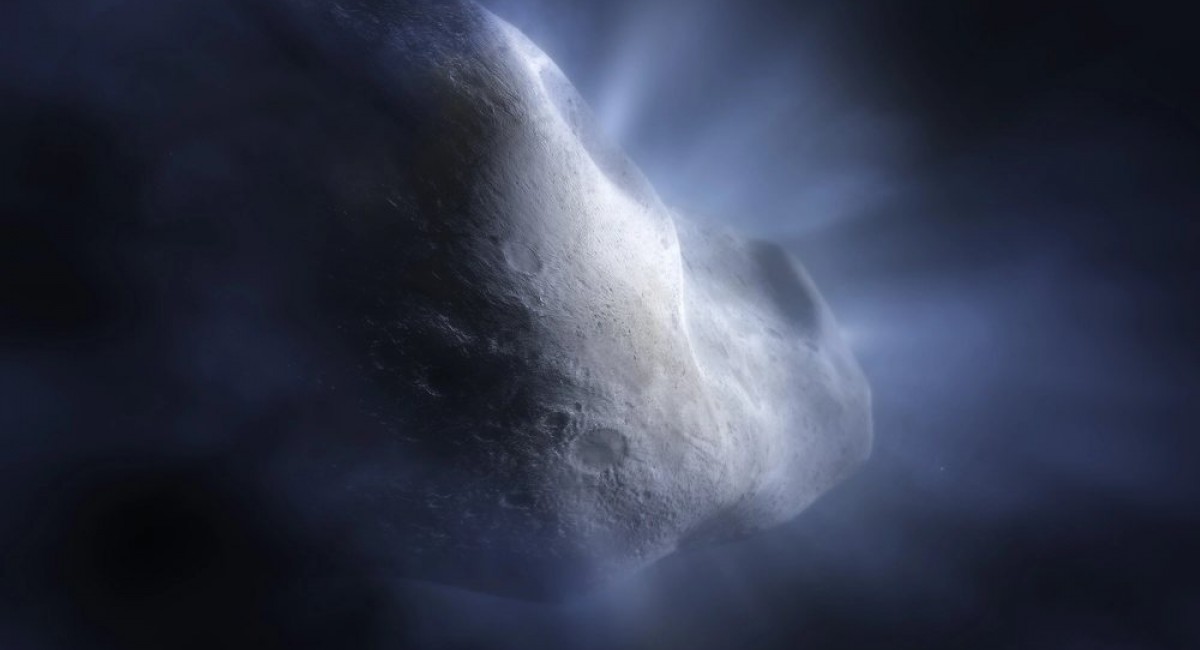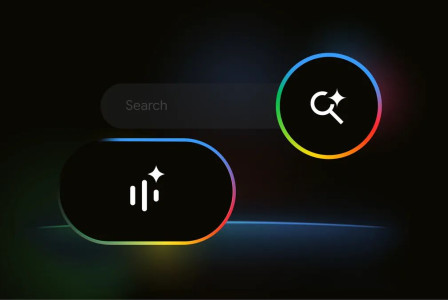SEARCH
James Webb looks into the origin of the water on Earth

SHARE IT
As absurd as it may sound, experts believe that the first water on Earth may have been transported to our planet by a comet rather than coming from here. Astronomers use the comets that are frequently observed in the asteroid belt between Mars and Jupiter to determine whether that is the case, and recent work utilizing the James Webb Space Telescope has revealed a clue in this long-standing puzzle.
When examining the make-up of a comet in the asteroid belt using Webb's Near-Infrared Spectrograph instrument, scientists discovered water vapor for the first time in this region. Looking at Comet 238P/Read revealed surrounding vapor, supporting the notion that such a comet may carry water. This particular comet stays out in the main asteroid belt, unlike many comets that originate from more remote regions like the distant Oort cloud, where water ice can survive because it is far from the sun.
That aids astronomers in comprehending how water might have entered Earth's atmosphere. "Our water-soaked world, teeming with life and unique in the universe as far as we know, is something of a mystery - we're not sure how all this water got here," one of the researchers, Stefanie Milam, said in a statement. “Understanding the history of water distribution in the solar system will help us to understand other planetary systems, and if they could be on their way to hosting an Earth-like planet.”
“With Webb’s observations of Comet Read, we can now demonstrate that water ice from the early solar system can be preserved in the asteroid belt,” said fellow researchers Michael Kelly.
The information from this comet was peculiar, though. Although the results indicated the presence of water vapor, carbon dioxide, as had been anticipated, was not found. It's strange not to detect any since comets typically contain 10% carbon dioxide. It's possible that the comet developed in an unusually heated environment devoid of carbon dioxide, or it's possible that the comet formerly included carbon dioxide but lost it as it warmed.
With the use of Webb's potent instruments, it is now possible for the researchers to examine further comets in the asteroid belt to see if their compositions are comparable in order to learn more.
“These objects in the asteroid belt are small and faint, and with Webb, we can finally see what is going on with them and draw some conclusions. Do other main belt comets also lack carbon dioxide? Either way, it will be exciting to find out,” said co-author Heidi Hammel.
MORE NEWS FOR YOU

 Help & Support
Help & Support 

